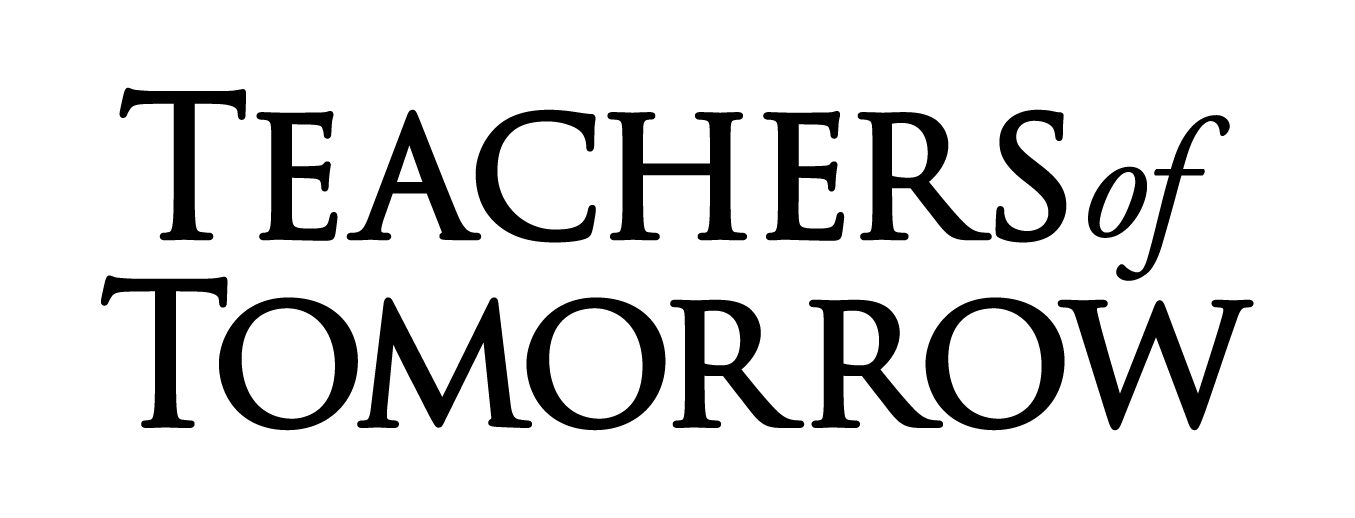
20 Years, 20 Stories: Angel Roberts’ Empathetic and Innovative Approach to Teaching
Our next story in the “20 Years, 20 Stories” series comes from Angel Roberts, a special education teacher and co-teacher for Algebra I and IPC. A 2025 Teachers of Tomorrow …
Read More




